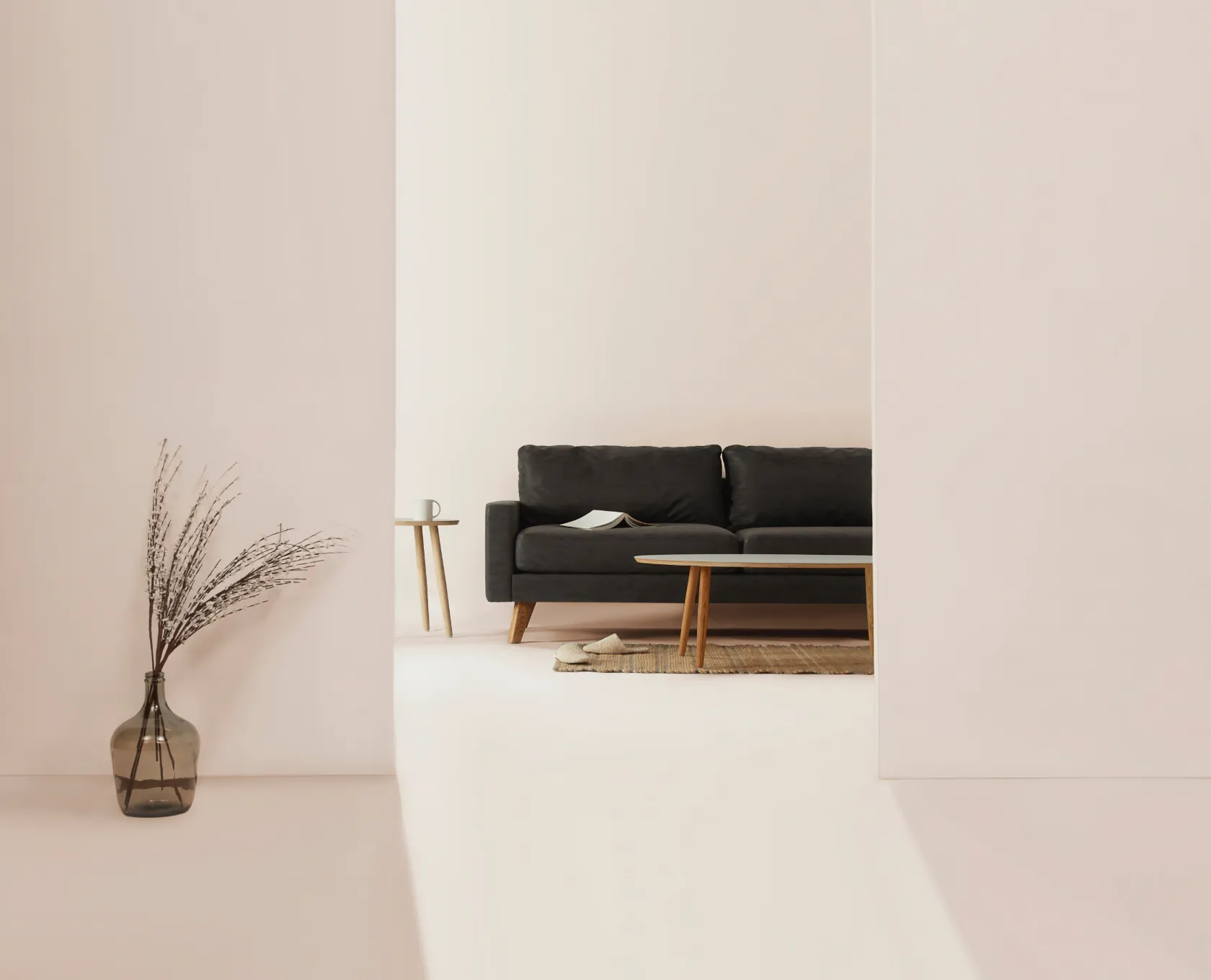Our Location
Janak puri , New Delhi

The Paradox of Beauty: An Agreeable Course in an Ugly or Disgraceful Living Area
In today’s world, where aesthetics often take center stage, the idea of “an agreeable course in an ugly or disgraceful living area” may seem paradoxical. We are consistently drawn to the idea that beauty and functionality should go hand in hand. However, when we take a deeper dive into this concept, we uncover the inherent value that can be found even in places that seem, on the surface, less than ideal.
An “agreeable course” refers to a path, a journey, or even a way of thinking that brings satisfaction or joy despite its surroundings. It suggests that even in an environment that may appear unpleasant, there can still be moments of beauty or peace. The juxtaposition of the agreeable and the ugly challenges us to reconsider what makes a space or experience truly valuable.
Living areas that are considered “ugly” or “disgraceful” often carry negative connotations—whether it’s a rundown neighborhood, a dilapidated building, or a space cluttered with disorder. These environments may be marked by grime, decay, or an overwhelming sense of neglect. Yet, it’s important to recognize that beauty is often subjective and rooted in personal perception. What might be unattractive to one person can hold a special kind of charm for someone else, whether it’s the character of a space, the history behind it, or even the potential for transformation.
When we talk about an “agreeable course” in these spaces, we are referring to the potential for finding joy, comfort, and inspiration even in the most challenging of environments. The power lies in our ability to adjust our perspective and recognize beauty in unexpected places. In many cases, what is seen as ugly or disgraceful is merely a reflection of the transient nature of life, rather than an eternal state of being.
Consider the example of a cityscape with dilapidated buildings and rundown streets. These areas might be full of life—bustling with people, local shops, and hidden gems that speak to the soul of a community. Though the buildings themselves may not possess the elegance of newly designed architecture, they hold the story of resilience, history, and cultural evolution. It’s in these environments that we often see the roots of creativity blossom—whether through street art, innovative repurposing of old structures, or the local people who create a sense of warmth and belonging.
The idea of an agreeable course within an ugly or disgraceful area is also closely tied to transformation and potential. Many areas that are initially considered eyesores have the potential to be revitalized, and when this transformation occurs, the journey becomes part of the beauty. Take, for instance, the many neighborhoods around the world that have undergone gentrification. What was once an “ugly” and “disgraceful” living area now brims with new life, arts, and culture, proving that change is always possible, and the value of a place is not set in stone.
In this sense, the “agreeable course” represents progress and the ability to find hope in seemingly hopeless situations. It’s a reminder that beauty is not always defined by perfection, and that a space, no matter how far removed from traditional aesthetics, has the capacity to nurture and inspire.
Ultimately, the idea of an “agreeable course in an ugly or disgraceful living area” speaks to the resilience of the human spirit. It asks us to shift our focus from the surface-level imperfections of the world around us and instead to recognize the moments of peace, beauty, and inspiration that lie hidden beneath the chaos. It encourages us to seek out those moments of joy in the least expected places, reminding us that beauty often thrives where we least anticipate it.
By embracing this mindset, we open ourselves to discovering new layers of meaning and beauty, allowing us to find contentment and fulfillment regardless of the surroundings. After all, the path to true beauty isn’t always about the destination; sometimes, it’s about the journey—and the way we perceive it.